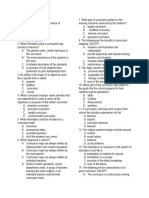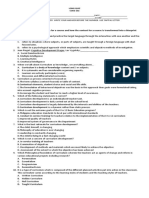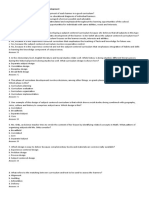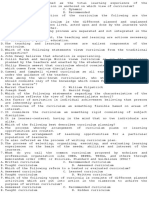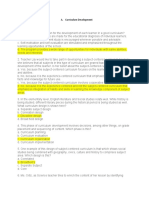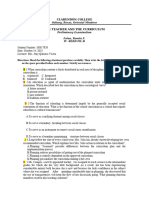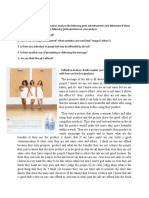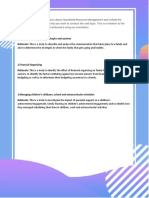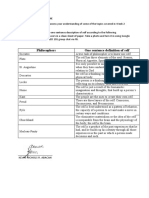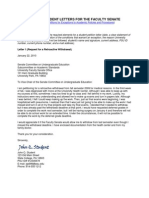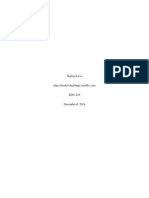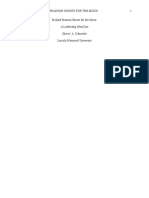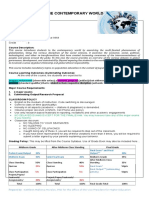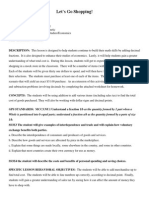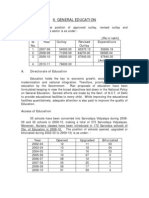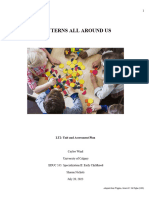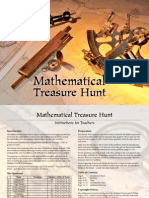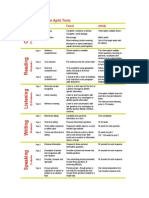0% found this document useful (0 votes)
123 views8 pagesCurriculum Development Quiz
This document contains 40 multiple choice questions about curriculum development, types of curriculum, curriculum planning and implementation. The questions cover topics like the different phases of curriculum development, characteristics of different curriculum designs, key concepts in curriculum like the written/taught/learned curriculum, influences on curriculum like society and learning outcomes, and the government bodies responsible for curriculum in the Philippines.
Uploaded by
Kevin Nichols AbacanCopyright
© © All Rights Reserved
We take content rights seriously. If you suspect this is your content, claim it here.
Available Formats
Download as DOCX, PDF, TXT or read online on Scribd
0% found this document useful (0 votes)
123 views8 pagesCurriculum Development Quiz
This document contains 40 multiple choice questions about curriculum development, types of curriculum, curriculum planning and implementation. The questions cover topics like the different phases of curriculum development, characteristics of different curriculum designs, key concepts in curriculum like the written/taught/learned curriculum, influences on curriculum like society and learning outcomes, and the government bodies responsible for curriculum in the Philippines.
Uploaded by
Kevin Nichols AbacanCopyright
© © All Rights Reserved
We take content rights seriously. If you suspect this is your content, claim it here.
Available Formats
Download as DOCX, PDF, TXT or read online on Scribd
/ 8

